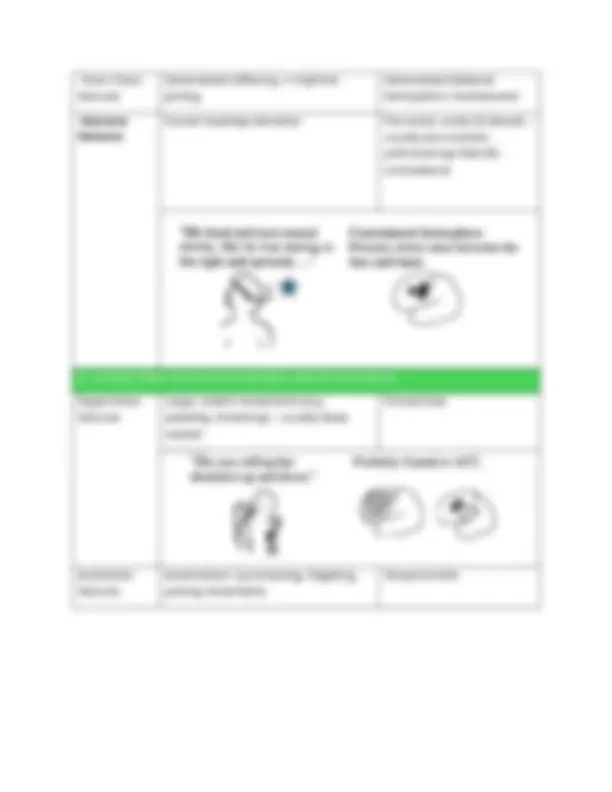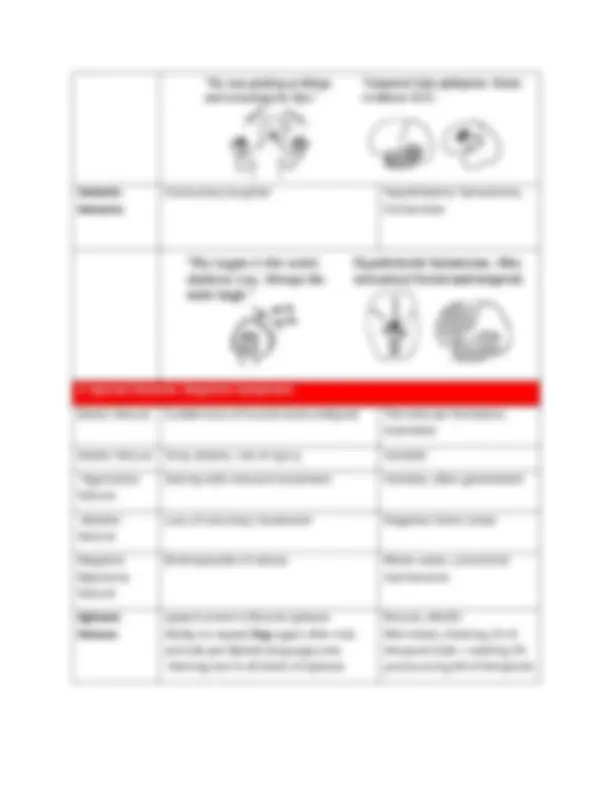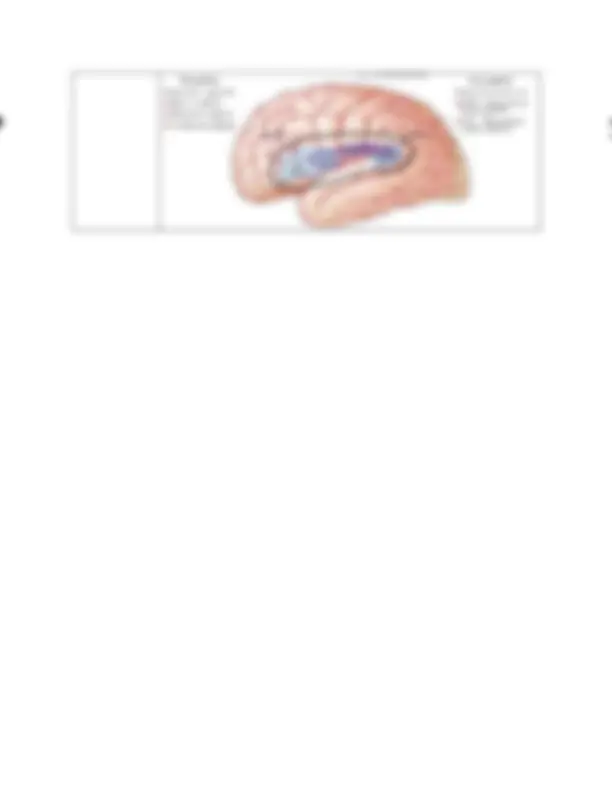





Study with the several resources on Docsity

Earn points by helping other students or get them with a premium plan


Prepare for your exams
Study with the several resources on Docsity

Earn points to download
Earn points by helping other students or get them with a premium plan
Community
Ask the community for help and clear up your study doubts
Discover the best universities in your country according to Docsity users
Free resources
Download our free guides on studying techniques, anxiety management strategies, and thesis advice from Docsity tutors
A part of Essential Concepts for the R.EEG.T Exam – Includes Tables, Diagrams, and Illustrations. Table of contents: 44 pages - Filters, time constant. common mode rejection and digital EEG setting parameters - Montages - Normal varients - Artifacts - Increasing beta/fast activities - N2 sleep and Arousal pattern - Pediatric EEG and syndrome by age group - Neonatal sleep wake pattern - Pediatric epilepsy syndrome by interictal pattern - Differential of sleep provoked seizure - Photic stimulation - Hyperventilation - Lateralization - Severity of encephalopathy and EEG pattern - Rhythmic delta - Clinical seizure correlate with EEG - Seizure semiology
Typology: Cheat Sheet
1 / 5

This page cannot be seen from the preview
Don't miss anything!




Table Summary of Seizure Semiology (Based on CEC Classification) I. Auras /Cognitive Sphere: Subjective sensations before a seizure Somatosenso ry aura Tingling, and warmth in specific body parts primary somatosensory (1,2,3)-contralateral If poor localized -> SSMA ( 6 medial) of frontal lobe Visual Aura Visual hallucinations The primary visual cortex (17) – contralateral if complex -> visual association Auditory Aura Buzzing, ringing sounds Heschl’s gyrus (41,42) of temporal lobe Olfactory Aura The smell of burning rubber or strange odors Uncus (34) of, the temporal lobe Gustatory Aura Bitter or metallic taste Insula cortex Visceral Aura Rising nausea, discomfort Insula cortex
Psychic Aura Déjà vu, fear, hallucinations Amygdala (fear), basal temporal lobe (déjà vu) II. Autonomic Sphere: Objective autonomic symptoms Autonomic Seizures (e.g., heart rate changes, sweating) Iinsula cortex III. Consciousness Sphere Dialectic Seizures Impaired awareness, staring, unresponsiveness Bilateral hippocampal involvement or diffuse cortical dysfunction Limbic associated
Gelastic Seizures Involuntary laughter Hypothalamic hamartoma, frontal lobe V. Special Seizures: Negative Symptoms Atonic Seizure Sudden loss of muscle tone (collapse) The reticular formation, brainstem Astatic Seizure Drop attacks, risk of injury Variable Hypomotor Seizure Staring with reduced movement Variable, often generalized Akinetic Seizure Loss of voluntary movement Negative motor areas Negative Myoclonic Seizure Brief episodes of atonia Motor areas, subcortical mechanisms Aphasic Seizure speech arrest in Broca’s aphasia Ability to repeat (Say again after me) exclude peri- S ylvial language area Naming lost in all kinds of aphasia Broca’s, (44,45) Wernicke’s, (hearing 22 of temporal lobe + reading 39, pronouncing 40 of temporal)